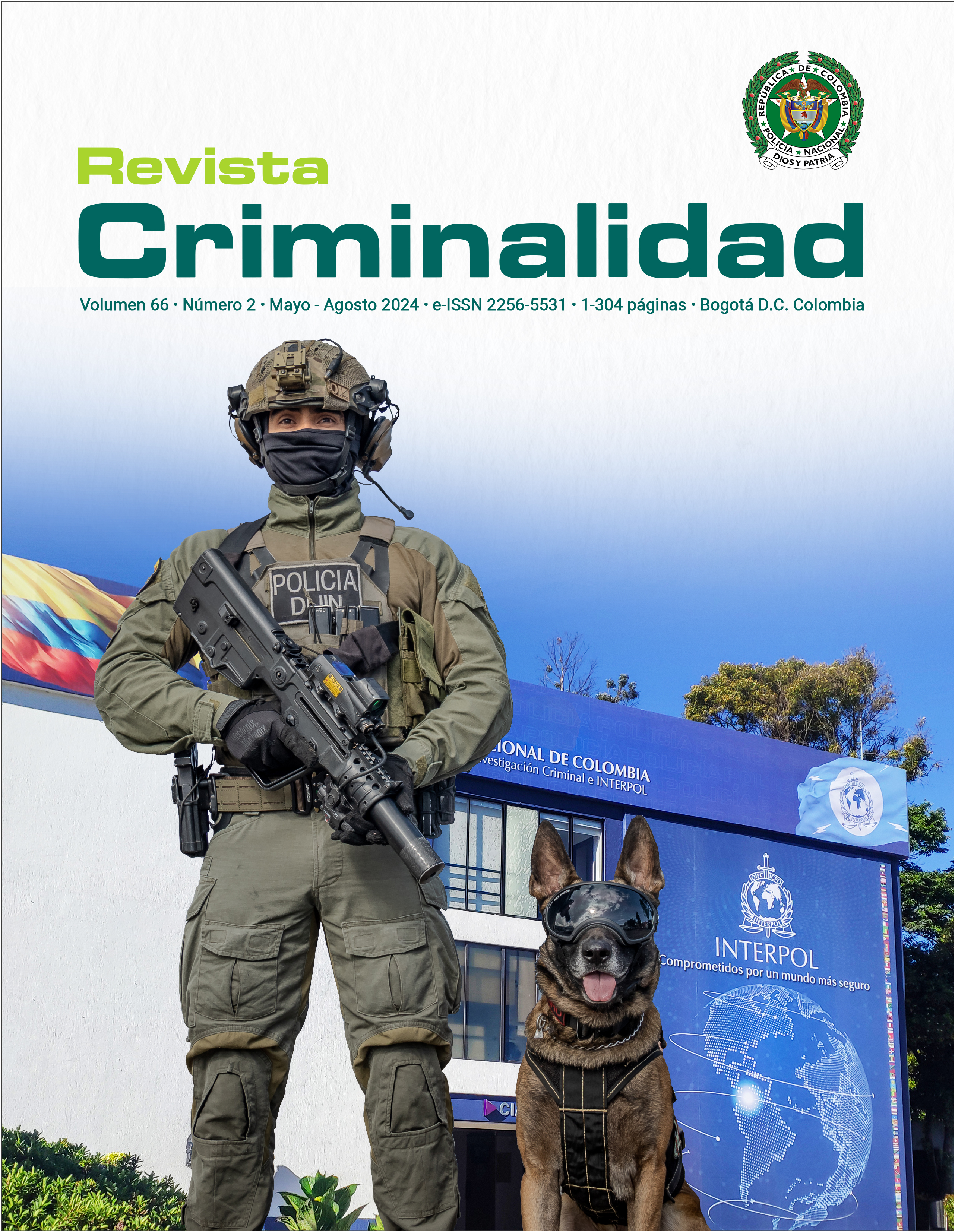“I hurt myself because…” Self-harming behaviors in adolescents: identification of factors
DOI:
https://doi.org/10.47741/17943108.605Keywords:
Late adolescence, non-suicidal self-harm, self-inflicted violence, psychosocial risk, emotion regulationAbstract
Self-injurious behaviours in adolescents can impede the free development of their person, and are a potentiator of suicidal ideation and behaviour. They are classified as violence towards oneself. The aim of the present study is to identify the factors that contribute to the emergence of these self-harming (self-destructive) behaviours; they stand out as a way in which some adolescents express their emotional pain or seek relief. In this study, and based on a qualitative approach with an exploratory design, the aim is to identify aspects of the subject. The research setting was virtual, and was used to collect data from a structured questionnaire in which predisposing factors such as family
dynamics, social relationships, negative thoughts, coping, as well as social and professional support received are addressed. The population consisted of adolescents 18-20 years of age. After exploring self-injurious behaviours in late adolescents, psychological and social factors that contribute to these behaviours are highlighted, such as family dynamics, interpersonal relationships, situations of violence, thoughts about past experiences. It is important to mention that adolescence is a phase in which individuals face challenges of autonomy and identity, and thus the importance of overcoming this stage. Likewise, there are obstacles that prevent the full development of potential, and sometimes adolescents may engage in self-injurious behaviour in order to express through the body what they find difficult to express in other ways.
Downloads
References
Agüero, G., Medina, V., Obradovich, G., & Berner, E. (2018). Comportamientos autolesivos en adolescentes: estudio cualitativo sobre características, significados y contextos. Archivos Argentinos de Pediatría, 116(6), 394-401. https://dx.doi.org/10.5546/aap.2018.394
Baralla, F., Ventura, M., Negay, N., Di Napoli, A., Petrelli, A., Mirisola, C., y Sarchiapone, M. (2021). Correlatos clínicos de autolesión deliberada entre subgrupos de inmigrantes afectados por traumas. Fronteras en psiquiatría, 12 , 529361. https://www.frontiersin.org/journals/psychiatry/articles/10.3389/fpsyt.2021.529361/full
Blos, P. (1971). Psicoanálisis de la adolescencia. Editorial Joaquín Mortiz. Goleman, D. (1955). La inteligencia emocional. Javier Vergara Editor.
Krug, E. G., Mercy, J. A., Dahlberg, L. L., y Zwi, A. B. (2003). El informe mundial sobre la violencia y la salud. Organización Panamericana de la Salud. https://iris.paho.org/bitstream/handle/10665.2/725/9275315884.pdf
Klonsky, E. D. (2007). The functions of deliberate selfinjury: A review of the evidence. Clinical Psychology Review, 27(2), 226-239. https://doi.org/10.1016/j.cpr.2006.08.002
Koposov, R., Stickley, A., y Ruchkin, V. (2021). Nonsuicidal self-injury among incarcerated adolescents: Prevalence, personality, and psychiatric comorbidity. Frontiers in Psychiatry, 12, 652004. https://dx.doi.org/10.3389/fpsyt.2021.652004
Liu, Z. Z., Chen, H., Bo, Q. G., Chen, R. H., Li, F. W., Lv, L., Jia, C. X., y Liu, X. (2018). Psychological and behavioral characteristics of suicide attempts and non-suicidal self-injury in Chinese adolescents. Journal of Affective Disorders, 226, 287-293. https://doi.org/10.1016/j.jad.2017.10.010
Muehlenkamp, J. J., Claes, L., Havertape, L., y Plener, P. L. (2012). International prevalence of adolescent non-suicidal self-injury and deliberate self-harm. Child and Adolescent Psychiatry and Mental Health, 6, 10. https://doi.org/10.1186/1753-2000-6-10
Nock, M. K. (2009). Why do people hurt themselves? New insights into the nature and functions of self-injury. Current Directions in Psychological Science, 18(2), 78-83. https://doi.org/10.1111/j.1467-8721.2009.01613.x
Papalia, D., Feldman, R., y Martorell, G. (2012). Desarrollo humano. McGraw Hill. Sampieri, R. H. (2018). Metodología de la investigación: las rutas cuantitativa, cualitativa y mixta. McGraw Hill. Sullivan, H.S. (1972). Concepciones de la Psiquiatría Moderna. Buenos Aires: Psique
Plener, P. L., Schumacher, T. S., Munz, L. M., y Groschwitz, R. C. (2015). The longitudinal course of non-suicidal self-injury and deliberate self-harm: A systematic review of the literature. Borderline Personality Disorder and Emotion Dysregulation, 2, 2. https://doi.org/10.1186/s40479-014-0024-3
Villanueva, M. (1988). Más allá del principio de la autodestrucción. El Manual Moderno. Villar, F. (2022). Morir antes del suicidio prevención en la adolescencia. Herder Editorial.
Zetterqvist, M., Jonsson, L. S., Landberg, Å., y Svedin, C. G. (2021). A potential increase in adolescent nonsuicidal self-injury during covid-19: A comparison of data from three different time points during 2011-2021. Psychiatry Research, 305, 114208. https://doi.org/10.1016/j.psychres.2021.1142008
Published
How to Cite
Issue
Section
License
Copyright (c) 2024 Revista Criminalidad

This work is licensed under a Creative Commons Attribution-NonCommercial-NoDerivatives 4.0 International License.
Licencia creative commons CC BY NC ND https://creativecommons.org/licenses/by-nc-nd/2.0/














